All of these names refer to some of the most popular SSD formats and protocols, even though some of them are already falling out of use.
SSDs have already fallen into the taste of notebook and desktop computer users, leaving traditional hard drives aside. However, there is still a lot of confusion and misinformation about the various SSD formats, interfaces, and protocols available, such as SATA type, M.2 NVMe, and so on.
Even if this mix of acronyms and names makes everything seem very complex, this subject is not a seven-headed animal. It’s important to pay attention to formats and know how to differentiate protocols, so everything will start to make sense. The starting point for understanding all these drives is the famous SATA standard.
SATA SSDs
SATA (Serial ATA) is both an interface and format for SSDs. As an interface, it was born in 2000 to communicate with traditional hard disks, but shortly after it began to integrate SSDs.
The SATA format, on the other hand, refers to the 2.5-inch drives that made SSDs popular since their inception in the 1980s and 1990s. These models are still widely sold in the market and complement slightly older machines.
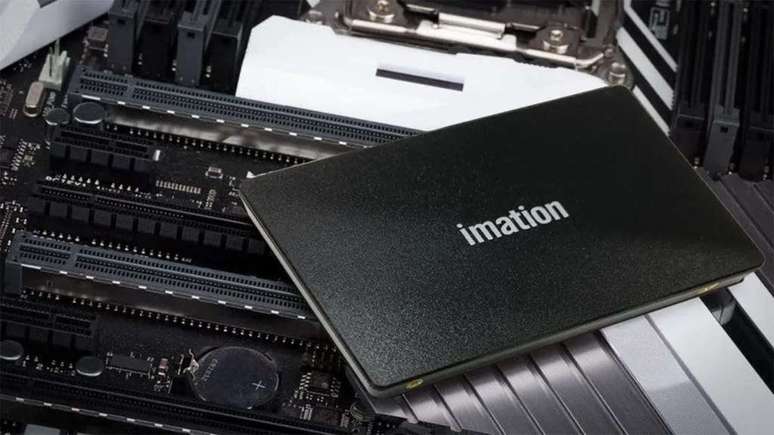
In addition to the format and protocol, the cable that connects the SSD to the PC is also called SATA. It’s a plastic cable with one of the “L” connectors plugging into the back of the component and a matching socket of the same name on the motherboard. The storage drive also needs power, so there’s another connection on the back, which needs to be connected using a direct power cable from the source – and guess what, that cable is also called SATA.
Today the SATA protocol is divided into categories I, II and III, the latter being the most current. Models with communication I and II are not even found and are already obsolete. SATA III (or 3.0) appeared in 2008 and brought more speed to SSDs while maintaining the same physical connection as its predecessors. This protocol has undergone some revisions over the years until it has reached its current stage, which includes SATA 3.5, but which continues to be called SATA III.
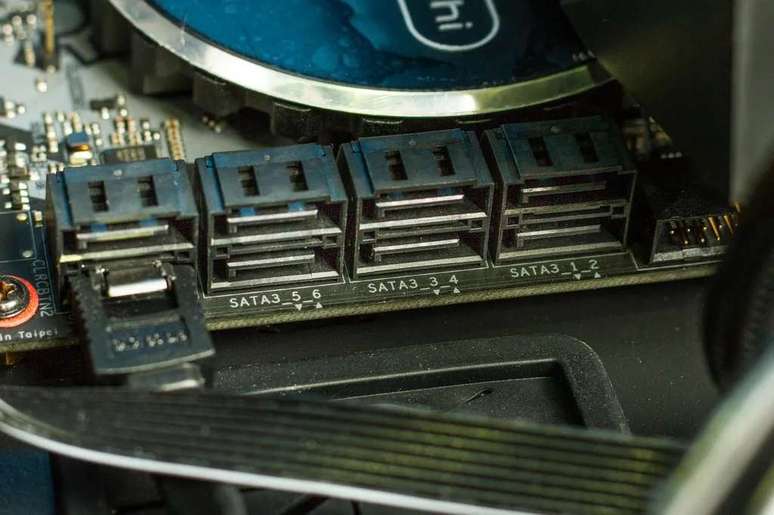
While still widely commercialized, the SATA protocol is already becoming “legacy” compared to NVMe, as will be explained later. That’s because this interface only transfers data at speeds up to 600 MB/s, even in the latest revision.
Therefore, SATA as physical format for SSD and interface can be summarized. It turns out that the communication between the components (the SSD, the motherboard and the processor) goes through an intermediary called AHCI (Advanced Host Controller Interface), a protocol that makes the solid-state drive and the computer “talk”.
The big problem is that this AHCI and SATA comes from hard drives, which have transfer speeds of up to 600MB/s. That is, these protocols are limited and don’t make SATA SSDs as fast as they could be.
SATA Express
Thinking to solve the speed problems of Serial ATA SSDs, the industry decided to create SATA Express in 2014. This connection used a cable with two SATA connectors and a third connector. The catch is that in addition to using Serial ATA, this new format also used the PCI-Express connectionwhich would be this additional connector.
Since standard SATA only achieved up to 600MB/s, Express technology increased this speed to something between 1,000MB/s and 1,600MB/s in scenarios where PCIe 3.0 was used. By the way, SATA Express was backwards compatible with SATA III, so the physical slots were exactly the same.
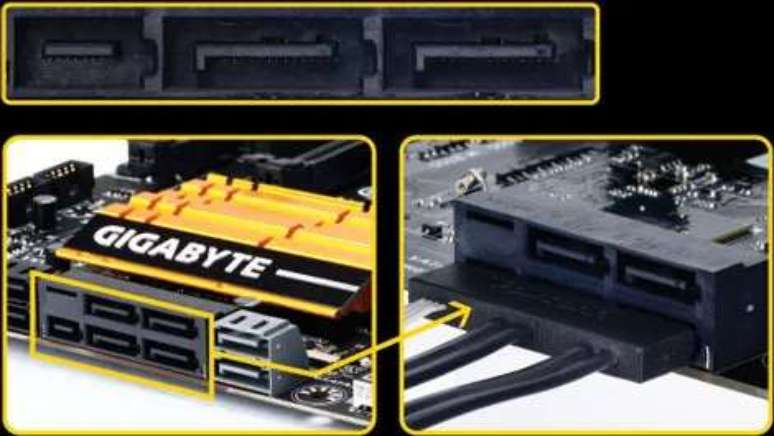
The big question is that SATA Express was “forgotten at the barbecue” shortly after its launch. The technology didn’t catch on due to higher costs, but the physical form factor of 2.5-inch SSDs continued and the SATA protocol was part of the later evolution of SSDs.
SATA M.2
Seeing the difficulty of publishing the Express variant, the manufacturers decided to make a new attack on SATA III and launched a new physical format: the M.2 SATA.
Here one must be careful not to get confused with the different terms. First, M.2 is a format for SSD that looks a lot like a rubber strip. Secondly, M.2 is also a connection slot, that is, it is a slot present on motherboards. This slot has differences for SATA and NVMe SSDs, which have already been explained in article on which of the two is better.
M.2 SATA uses the M.2 format and the Serial ATA protocol, merging these two technologies. The problem is that only the physical format has changed, but the way of communicating has essentially remained the same. Therefore, M.2 SATA is still stuck with maximum transfer speeds of 600MB/s, just like 2.5-inch SSDs.
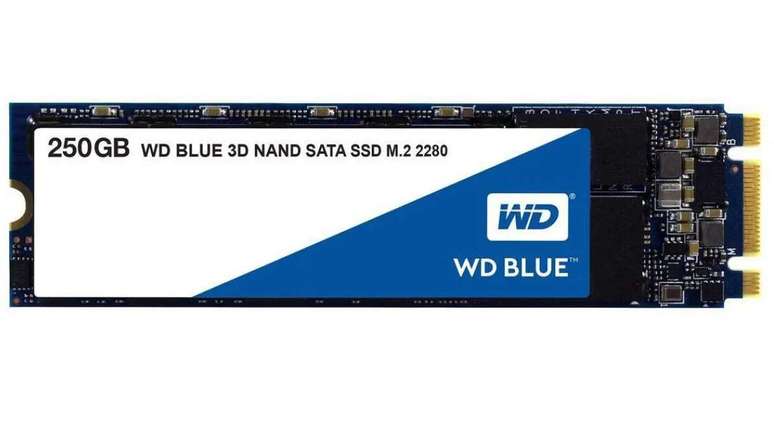
But what’s the point of changing the format if the transfer rate has remained the same? The answer is size, since even though they were “small”, the 2.5-inch models still took up considerable space in the devices and made it impossible for the industry to create thinner and lighter laptops.
Because it has a flat form and is very thin, M.2 came to solve this space problem inside notebooks and other devices, even though the speed was the same. To give you an idea, M.2s are 22mm wide and 16, 26, 30, 38, 42, 60, 80 or 110mm long.
The socket of this type of solid state drive has two prongs at the tip of the M.2, which connects to the M.2 slot on the motherboard and communicates with the computer through the AHCI controller. That is, it manages to work without being connected to a standard SATA port, as it uses the M.2 connector and eliminates the use of cables.
M.2 NVMe and PCIe
Not happy with the results, the industry once again decided to confuse consumers and launched a new type of SSD. Called M.2 NVMe, these devices are the true successors of the old SATA and are already becoming the new standard. The chances of finding NVMe M.2 in new generation notebooks, desktops, and consoles are very high.
These products use the M.2 format, but the the protocol is NMVe (Non Volatile Memory Express), which does without AHCI controllers and communicates with the rest of the components via PCI Express. Thanks to this, the transfer speeds of M.2 NVMe SSDs reach up to 8,000 MB/s.
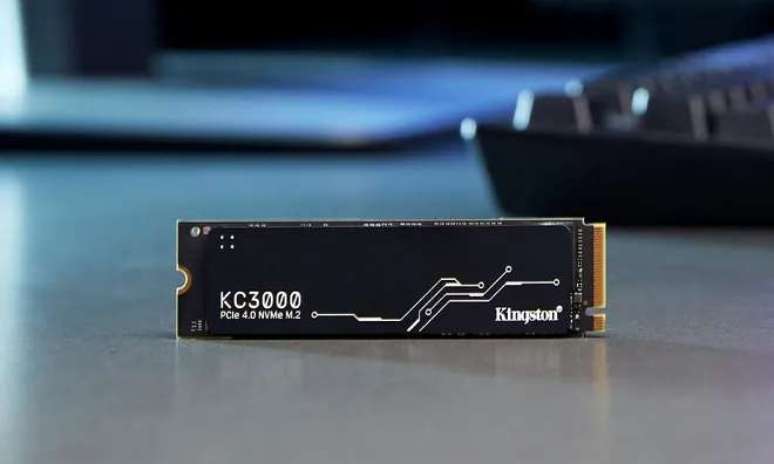
The PCI Express problem
It’s worth pointing out that PCIe is both a physical slot and an interface used in storage drives, video cards, etc.
PCI Express is a type of point-to-point connection that runs across lanes. Each lane carries information back and forth between two connected devices. Motherboards today support the more popular and cheaper PCIe 4.0, but there are such high-end models with PCIe 5.0.
In both generations, the connection uses 16 lanes (x16) per slot. Theoretically, PCIe has 2000 MB/s per lane in version 4.0 and up to 4000 MB/s per lane in version 5.0. If each lane has this value and there are 16 in total, then the logical calculation indicates that a PCIe 5.0 SSD could have up to 64,000MB/s of transfer speed. In theory it’s fine, but in practice these x16s are aimed at the processor and video cards.
The motherboard chipset uses x4, as do SSDs. Therefore, the maximum speed of PCIe 4.0 x4 is between 7000MB/s and 8000MB/s. Already in PCIe 5.0 x4 this number can jump to something between 14,000 MB/s and 16,000 MB/s.

What’s confusing is how it all fits together for the NMVe M.2 SSD to work in practice. It works as follows: the user inserts the Solid State Drive into the M.2 slot, which uses the PCI Express lanes to transmit information and communicates with the motherboard via the NVMe interface.
Thus, M.2 NVMe has become the industry standard due to its smaller size and exponentially faster speeds than its predecessors. Thanks to the wide offer, the price of M.2 NVMe SSDs is already comparable to M.2 SATA models. In the case of models with PCIe 5.0, there are few products available at retail and when they do, the price is not at all friendly.
PCIe SSDs
In some cases, solid-state drives may use the standard PCIe connection, similar to the one we plug into video cards, to function. These models, which even resemble the format of a GPU, are scarce in the home market and usually plug into x8 or x16 PCIe connections, like the WD Black AN1500.
The problem is that this is not very beneficial for ordinary consumers, as the price of this type of product easily crosses the BRL 6,000 barrier. Also, it is more practical to use a conventional M.2 NVMe SSD, as it takes up less space in the case.
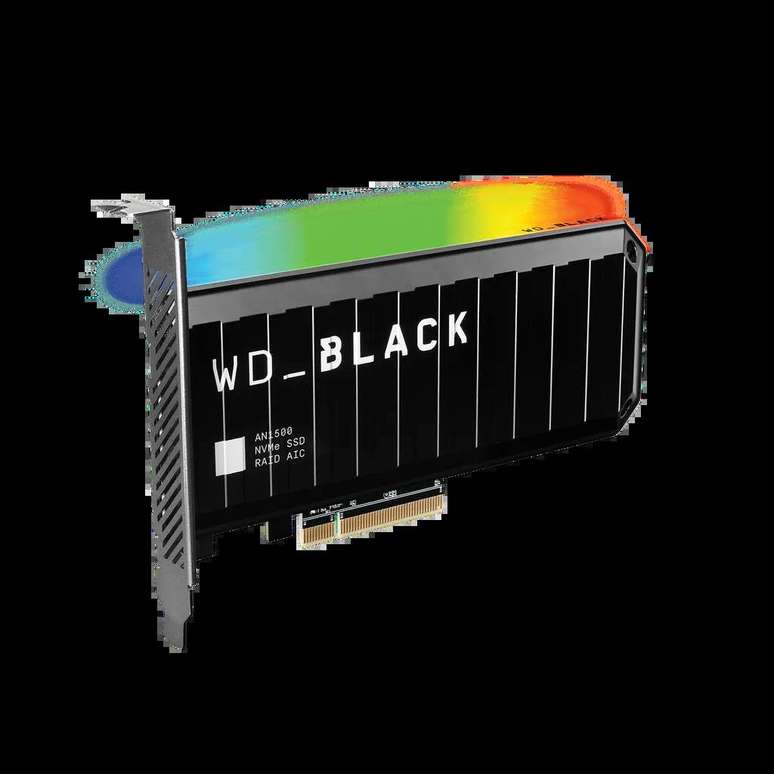
Which SSD is worth more?
The best SSD is the one that best meets your needs. However, explaining it in a “simple” way, M.2 NVMe SSDs are more interesting than a SATA SSD or M.2 SATA nowadays.
Transfer speeds are much faster and prices are already very similar, plus compatibility with virtually every device released in recent years. However, if you have an older machine and want to upgrade it, good old 2.5in SATA will still serve you well.
Trending on Canaltech:
- Why are SanDisk SSDs erasing user data?
- Elon Musk considers trading fight with Mark Zuckerberg for verbal debate
- 4 reasons not to use TikTok
- 10 References and Easter Eggs in Thor: Love and Thunder
- NASA space probe finds light in space without explanation
- Disney+ wants to end password sharing
Source: Terra
Rose James is a Gossipify movie and series reviewer known for her in-depth analysis and unique perspective on the latest releases. With a background in film studies, she provides engaging and informative reviews, and keeps readers up to date with industry trends and emerging talents.

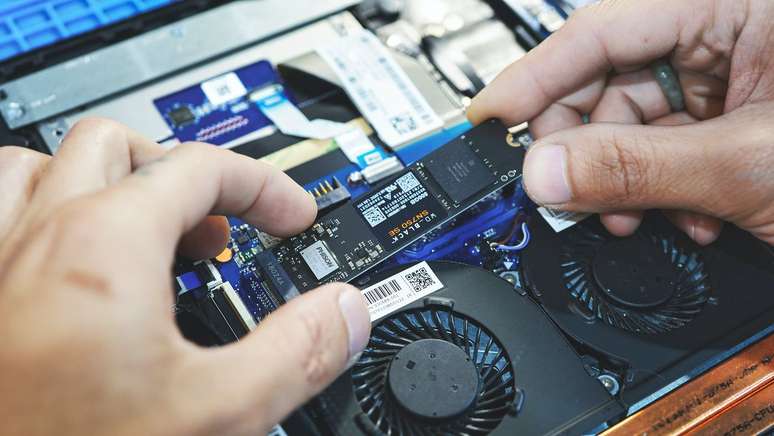


![More beautiful life in advance: What awaits you on Wednesday, July 16, 2025, in an episode of 377 [SPOILERS] More beautiful life in advance: What awaits you on Wednesday, July 16, 2025, in an episode of 377 [SPOILERS]](https://fr.web.img6.acsta.net/img/53/5a/535a58f181f2f8d5e35ce7cf5fbbd28e.jpg)

